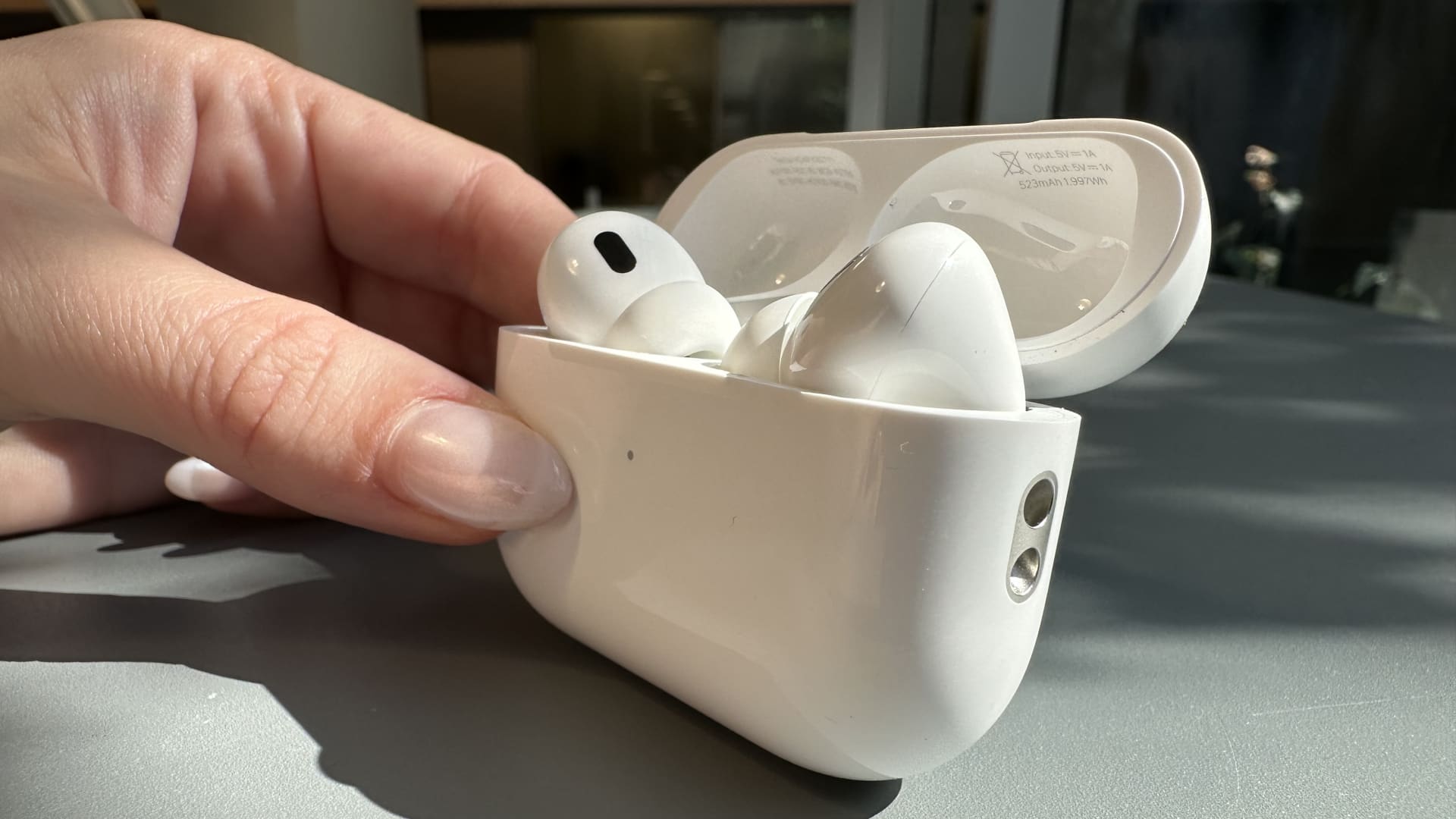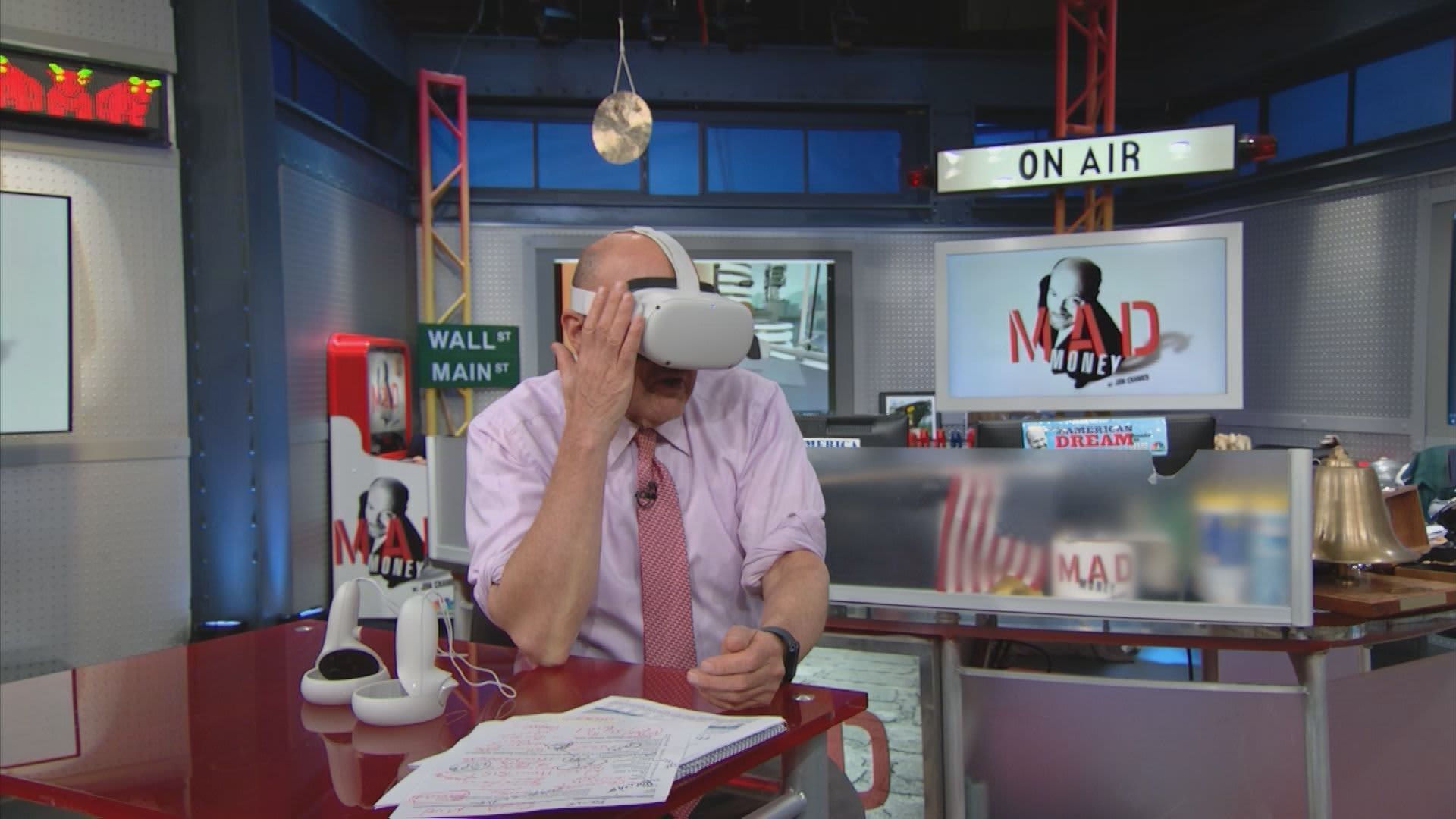Technology
Thursday, September 29th, 2022 1:01 pm EDT

In this weekly series, CNBC takes a look at companies that made the inaugural Disruptor 50 list, 10 years later.
Many startups have seen their missions abruptly change over the past decade. Consumer preferences, technology trends and market swings can require quick pivots to new business models.
But for Zocdoc – even operating in the sector of healthcare where disrupting the status quo is a daily ambition of many market heavyweights which throw billions of dollars at the challenge, such as Amazon – that’s not the case.
When Zocdoc was launched in 2008, the idea of being able to search for doctors and book appointments online was a novel idea, but a response to a very old medical problem: access to health care.
“Zocdoc’s original vision remains active,” says Oliver Kharraz, MD and CEO and founder of Zocdoc. “Our North Star has been power to patients, patients first, and we’re still doing that. The fundamental problem is that it’s really hard to get access to a doctor.”
That hasn’t changed either, with the average time to get a medical appointment longer now than it was in the decades before Zocdoc existed.
There have been significant wildcard events along the way. Roughly 1% of medical appointments booked through Zocdoc were telehealth before the Covid pandemic.
“We went from mostly in person to offering a hybrid market, and we have certainly evolved,” Kharraz said, but the problem for the health-care consumer has remained a constant.
Zocdoc had telehealth as an offering even before Covid, but demand was very low. “There were millions of consumers coming to our website and we could count on two hands those who tapped telemedicine,” Kharraz said.
During the height of the pandemic and lockdowns, that reached 40%, but for most medical specialties, telehealth remains less than 10% of volume.
“The long term steady state is shifting very slowly,” he said.
With one big exception: Mental health. “That has continued on an up trend after the pandemic, at least the main part of it, already passed,” Kharraz said. And it’s one place where he is willing to make a bold prediction about a sector that is slow to embrace change.
“My prediction is mental health goes nearly completely remote,” he said, with the caveat that this will require the insurance reimbursement system to support this platform, but the consumer demand is there.
But for all the other parts of medicine, “it’s dominated by in person … or in-person, but providers who have telehealth as an option,” Kharraz said.
A revealing stat from Zocdoc: 71% of health-care consumers offered multiple telemedicine choices still end up choosing a doctor within driving distance. “They want that option to continue care in-person. They don’t want to start over,” he said.
Many health startups have built business models around what the insurance companies need, or what providers need, but Kharraz likes to think that his company picked the patient “way before it was fashionable.”
But that doesn’t mean it didn’t make mistakes. Big ones. In fact, what he says Zocdoc got “most wrong” was the business model itself; a subscription model that it hitched itself to back in 2012-2013 in which every doctor on the platform paid the same amount of money regardless of how many patients they accessed through it.
“Some would get 10,000 patients and some 10 and we were charging the same amount when the value they were getting was so vastly different,” Kharraz said. “It was not a workable model.”
The unit economics were not favorable to the company or physicians, and many times doctors would leave the platform when they were not seeing the level of results that made sense for the subscription fee.
The business model made sense for doctors in the most densely populated areas of the U.S., but not doctors outside of those areas, and for a company founded to increase access to health care, that meant Zocdoc was failing on its mission. “Not in New York City, but with the U.S. population in general,” Kharraz said.
When Kharraz stepped into the CEO role in 2015 it was to focus on the transition, and it was what he described as an “all-consuming effort for a number of years.”
But the greater focus on providers doesn’t mean the mission has changed. “We’re unabashedly a patient-first company, but that doesn’t mean that comes at the expanse of the provider,” Kharraz said. “The system is so inefficient, so far from optimal tradeoffs, and we want to be a facilitator of these gradual changes in a health-care system that makes more sense for everyone,” he said.
As many players in the digital health space that already went public have seen their values compressed, and others are consolidated into existing players, Kharraz says that one lesson everyone has learned about the intersection of tech and health is that it doesn’t follow an exponential curve in user adoption. “And that’s the opposite of many other consumer tech companies,” he said. “We are more like a Galapagos turtle and it takes a long time,” Kharraz said. Large incumbents buying up multiple health companies shows both buyer and seller coming to the realization that health care takes a long time to get to scale, he said. That includes both tech giants and retail health giants buying into hybrid medical practices like Amazon’s recent purchase of One Medical and CVS’s deal for Signify Health.
What Amazon revealed by shutting down its own Amazon Care hybrid primary care practice is that health care works on a different time scale. “There’s a tremendous learning curve,” he said. “This is one of those classic problems where people think if they can solve a problem in one area then they can clearly solve it in another.”
“What’s going on, even with the consolidation, is companies trying to get really good at what they’re doing, whether primary care [One Medical] or home health [Signify] and it actually leads the entire space rather disconnects it,” he said.
Zocdoc sees itself as a beneficiary of the consolidation rather than target of it. “Signing up doctors is not a door-to-door situation, it’s hundreds or thousands all at once,” Kharraz said.
As the health-care sector gets bigger and more concentrated, Zocdoc sees one of its key business evolutions occurring right now as it first reaches out to product developers with an open API platform, ZocDoc for Developers, which it launched in July. The patient scheduling technology that Zocdoc has been working on for 15 years is now being aimed at de-fragmenting, at least a little, what Kharraz calls the still “stubbornly analog,” or in the least still very fragmented health IT market. The flow of patient information across offices and systems will be a target of larger providers combining in-person and telehealth. “Our role is moving along with the consolidation,” he said.
Kharraz said he was not thinking about an eventual exit when he founded the company and is still not thinking about that today. “I saw a huge problem and ways to solve it, and it’s kind of still the same today. There is so much more to do to create this consumer focus, and that’s how I spend my days. Things like how the company is financed and sources of capital has never been a critical element. At this point the situation is favorable, the unit economics, and we can focus on building the company.”
With 40% of all health-care spending globally occurring within the U.S., he says the company has plenty left to do domestically.
Now the logistical engine for healthcare that it built will be more tied to what developers come up with that is new, but the most important piece of the puzzle remains access to health care, and using technology to allow consumers to make more informed choices, whether it be detailed comparison of treatment effectiveness, in-person versus telehealth, or cost and payment options.
“That’s the ultimate threat in the future,” Kharraz said. “And if we get to that vision, we can intrinsically get to a system that rewards activities and services consumers actually wish for rather than the ones that prevail in the bureaucratic ways the system works today between payors and providers,” he said.
Sign up for our weekly, original newsletter that goes beyond the annual Disruptor 50 list, offering a closer look at list-making companies and their innovative founders.
This post has been syndicated from a third-party source. View the original article here.



